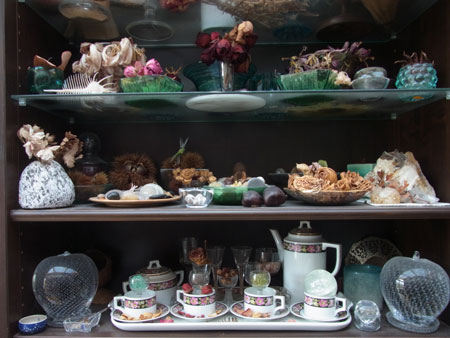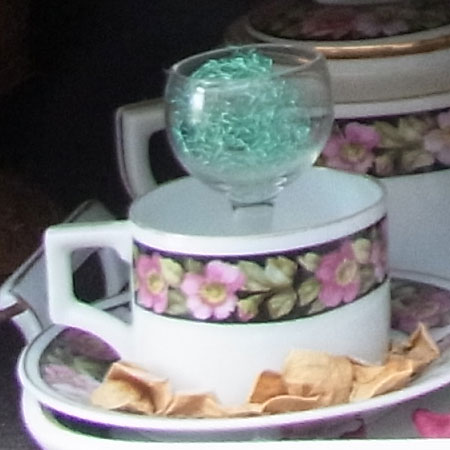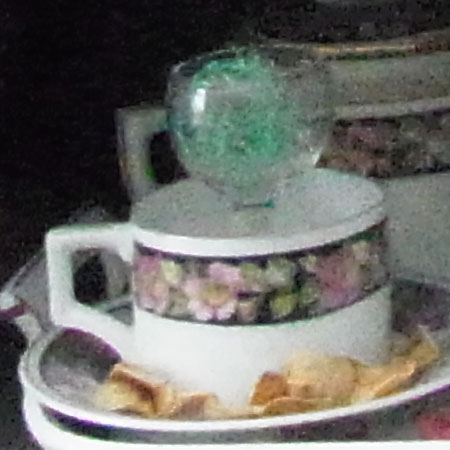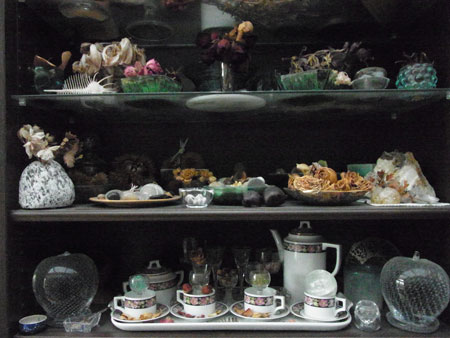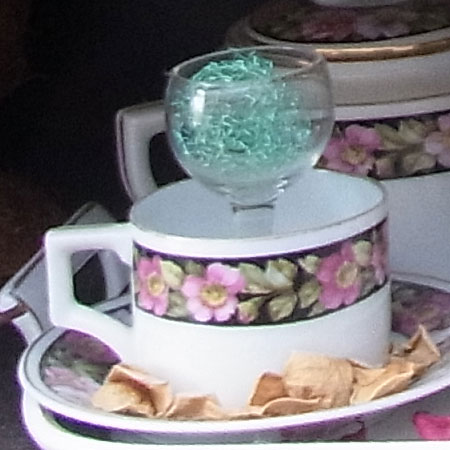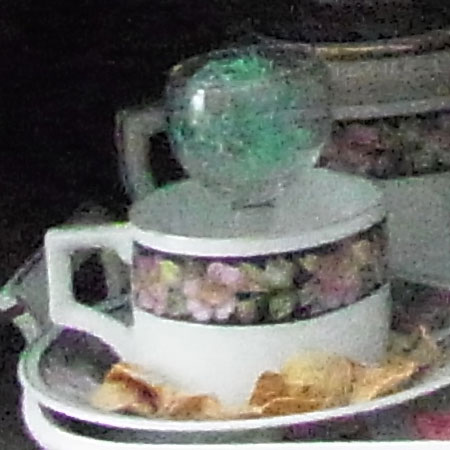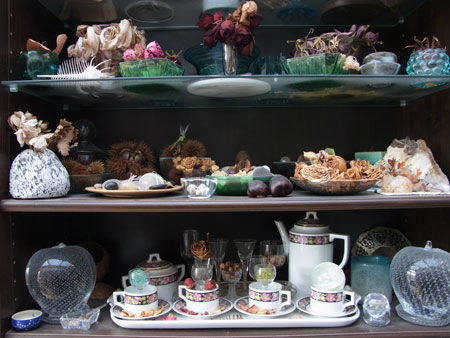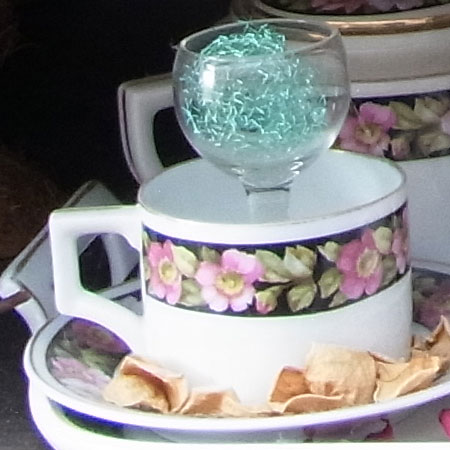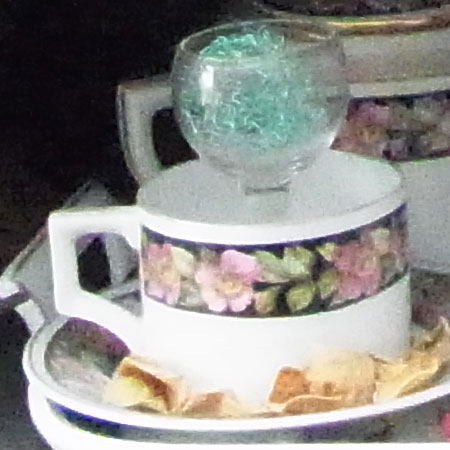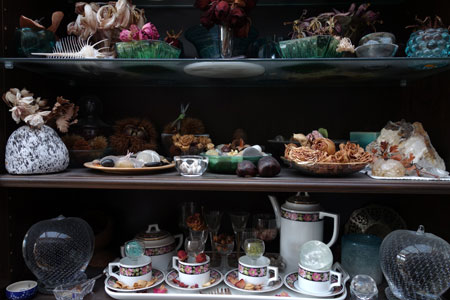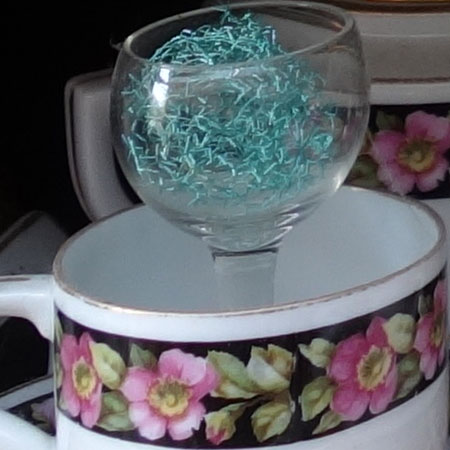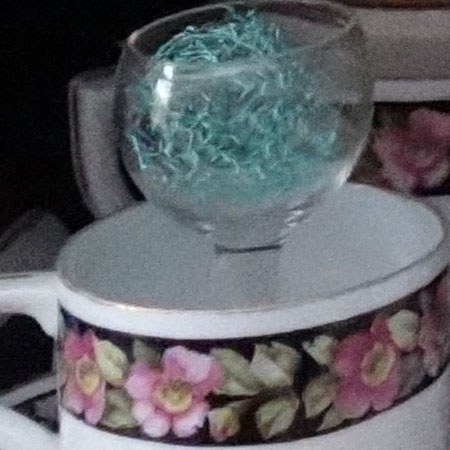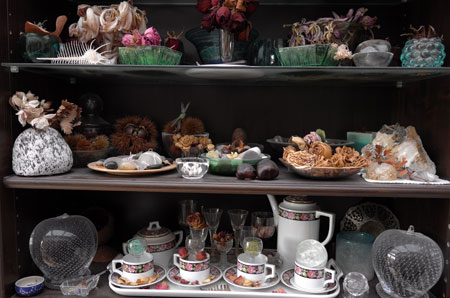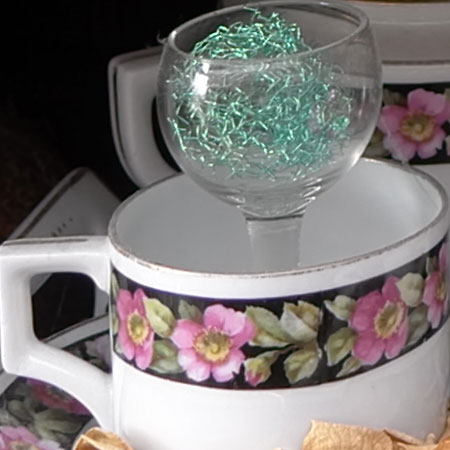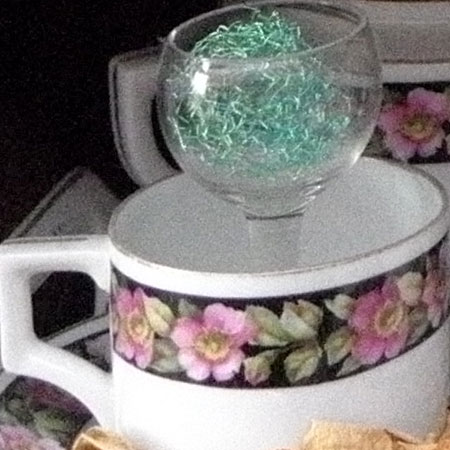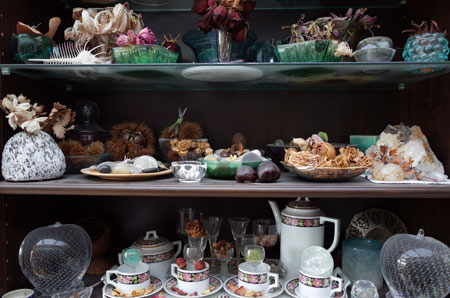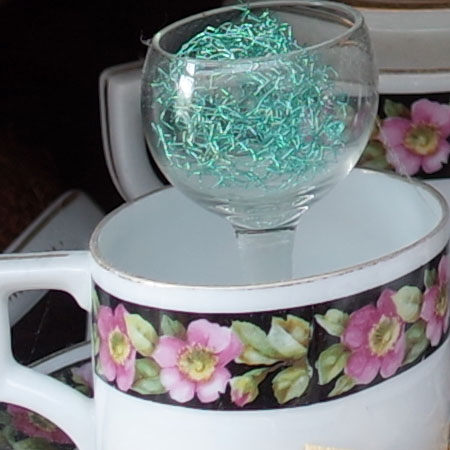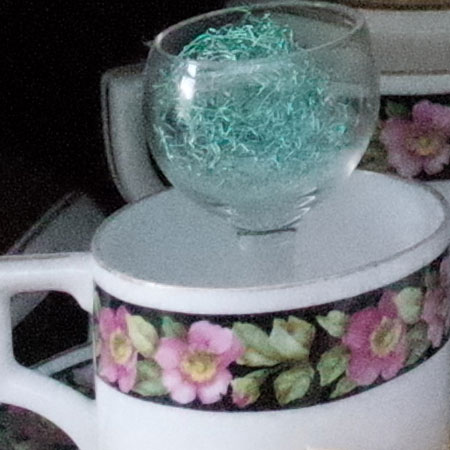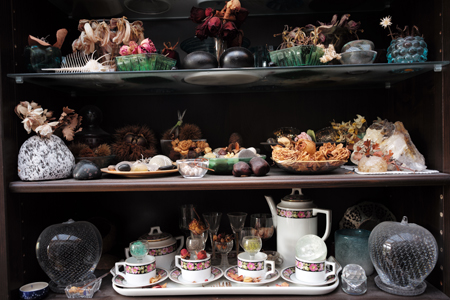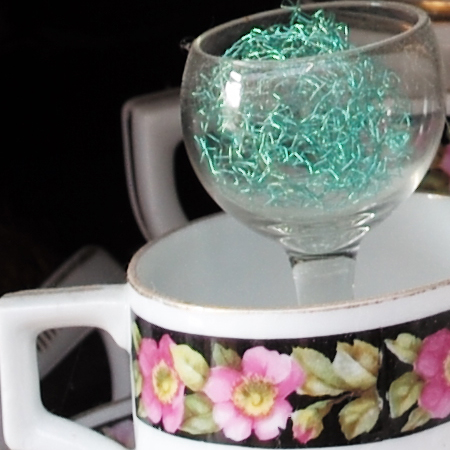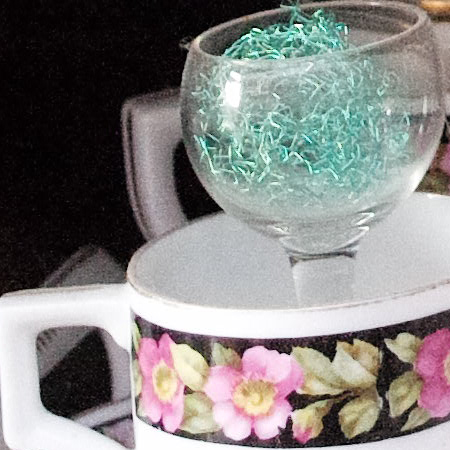General: Physical Limits of Photography: Insufficient Light - Part 2
Part 1 | Part 2 | Part 3 | Part 4 | Part 5 | Part 6 | Part 7
ISO Examples for Different Sensor Sizes - By Camera | References
In this series of articles, I will describe an example of where photography is reaching the limits of physics, namely, when light is scarce. Many photographers expect even in this case that their camera delivers perfect photos. In this series, I will try to explain why this is not possible. And I would also like to address the differences between large and small sensors, because I have the impression that many owners of compact cameras expect too much from their small-sensor cameras, among others, because they ignore or do not know what the difference implies.
The first part in the series serves as an introduction to the topic, asks for reasons for unsatisfactory, particularly blurry, photos, and discusses possible "countermeasures". In this second and in the third part, which are supplemented by additional pages with test images, I compare cameras with sensors of different sizes with respect to their performance at different ISO values. In the fourth part, I present the concept of an "exposure value" (EV) as a measure of the amount of light that is available for a photo and present sample photos for illustration. In the fifth and sixth parts, I present examples of situations in which only little light is available. For illustration, I provide the exposure values and other photographic data. In the seventh and last part, I try to summarize the results and discuss how to get usable results there (or not ...) without having to use a flash - provided that it would make sense at all...
ISO Examples for Different Sensor Sizes - By Camera
Since I have raised the quality question for different ISO values and cameras, I would like to present example photos from different cameras (mine and my wife's) using sensors of different sizes, in which I varied the ISO value. These examples vividly demonstrate how the image quality deteriorates with increasing ISO for these cameras. Other cameras may behave better in this respect or just behave differently, all I want to demonstrate is just the principle: higher ISO values lead to worse image quality!
I present just some examples on this page and otherwise provide links to detail pages. I also provide links to already existing related pages on this site.
1/2.3" Sensor: Ricoh CX4
The Ricoh CX4 is an example of a compact camera with a 1/2.3 "sensor (crop factor 5.6) and offers 10 megapixels. Since it is a few years old, it can not come close to current cameras having the same sensor size. The virtually identical Ricoh GXR P10 camera unit (see below) offers a better performance.
With this camera, I would go beyond ISO 400 only in "cases of emergency."
|
Original files: ISO 100, ISO 200, 400, 800, 1600, 3200 Exposure values: 5.2 (one 5.0) Details: All ISO Values |
|
ISO 100 |
ISO 3200 |
1/2.3" Sensor: Ricoh CX4 with Strong Sharpening
Here, the camera is presented once again with a different setting, namely the camera is set to maximum sharpening. With this setting, it is similar in performance to the virtually identical Ricoh GXR P10 camera unit.
With this camera, I would, despite the stong sharpening (or because of...) go beyond ISO 400 only in "cases of emergency."
|
Original files: ISO 100, ISO 200, 400, 800, 1600, 3200 Exposure values: 5.1 to 5.3 Details: All ISO values
|
|
ISO 100 |
ISO 3200 |
1/2.3" Sensor: Ricoh GXR P10
The Ricoh GXR P10 camera unit, which is virtually identical to the Ricoh CX4, provides better performance than the CX4 and should therefore demonstrate here that more is possible with a 1/2.3 sensor.
With this camera, too, I would, go beyond ISO 400 only in "cases of emergency." I used ISO 800 during a wedding ceremony, and it was not convincing at all...
|
Original files: ISO 100, 200, 400, 800, 1600, 3200 Exposure values: 4.9 Details: All ISO values More ISO tests with GXR P10 camera unit: ISO Comparisons A12-50, S10, P10 |
|
ISO 100 |
ISO 3200 |
1" Sensor: Sony RX100 M1
The Sony RX100 M1 was one of the first cameras using the new 1 "sensor (not the background-lit version!). It offers 20 (!) Megapixel and is now a bit outdated (released in 2012). However, it is still being sold (beginning of 2015), and we acquired it in the fall of 2014. Here it is presented in order to show the performance of a sensor (crop factor 2.7) that is larger than the ones used in compact cameras, but smaller than the ones used in advanced cameras.
Even though many tests state that the image quality is good up to ISO 1600, noise is quite strongly "smoothed out" above ISO 800. However, even ISO 6400 photos look better than ISO 800 photos of the CX4 with a 1/2.3 "sensor.
|
Original files: ISO 100, 200, 400, 800, 1600, 3200, 6400 Exposure values range between 2.6 and 2.9. Details: All ISO values Since the images of the Sony RX100 have 20 megapixels, the section looks much closer than that from the CX4. Therefore, a comparison is not so easy. There are perhaps better sections in the Sony RX100 samples for comparing the different ISO values between these cameras - please download the original files if you want to check this. |
|
ISO 100 |
ISO 6400 |
APS-C Sensor (Weak AA Filter): Leica X Vario
The Leica Vario X uses an older, but well-respected 16 Megapixels Sony sensor with a weak AA filter (moire filter). The camera was introduced in 2013. I acquired it a few months after its release.
The difference between the Leica X Vario and the Sony RX100 seems to be lower than one would expect regarding the larger sensor size of the X Vario. However, the X Vario's lens is much better, which also contributes to a better overall impression.
Leica itself describes ISO 12500 as a "stopgap", and definetely you can see why... I usually do not go beyond ISO 1600; I use ISO 3200 (or even ISO 6400) only in exceptional cases.
|
Original files: ISO 100, 200, 400, 800, 1600, 3200, 6400, 12500 Exposure values: mostly 5.9, 5.6 once (camera set to -1 EV) Details: All ISO values There are perhaps better sections on the Leica X Vario samples for comparing the different ISO values between these cameras - please download the original files if you want to check this. |
|
ISO 100 |
ISO 6400 |
APS-C Sensor (no AA Filter): Ricoh GR
The Ricoh GR uses an older, but well-respected 16 Megapixels Sony sensor without AA filter (moire filter), which is otherwise largely identical to the Leica X Vario's sensor. The camera was also introduced in 2013, I acquired it at the end of 2013.
I find good image quality up to and including ISO 1600 (ISO 800 is even better) - I would go beyond ISO 6400 only as a last resort. The GR photos appear perhaps a "small bit" sharper than the Leica Vario-X photos (because the GR's sensor lacks an AA filter), but I can not see large differences between both cameras. The difference between the Ricoh GR and the Sony RX100 seems to be lower than one would expect regarding the larger sensor size of the GR. However, the GR's fixed lens is much better, which also contributes to a better overall impression.
The difference to the Sony RX100 is lower than one would expect because of the dual sensor size. However, the appearance of the GR is much better, which also contributes to a better overall impression.
|
Originalfiles: ISO 100, 200, 400, 800, 1600, 3200, 6400, 12800, 25600 Exposure values range between 2.3 and 3.0. Details: All ISO values There are perhaps better sections on the Ricoh GR samples for comparing the different ISO values between these cameras - please download the original files if you want to check this. |
|
ISO 100 |
ISO 6400 |
Full Format Sensor (no AA Filter): Leica M (Typ 240)
The Leica M (Typ 240) uses a 24 Megapixels CMOSIS full-format sensor without AA filter (moire filter). The camera was introduced in autumn 2012, available around spring 2013, and I acquired it at the end of October 2015.
I find good image quality up to and including ISO 1600 (ISO 800 is even better) - I would go to ISO 6400 only as a last resort (Leica calls it "PUSH 6400" to indicate that there are quality losses involved). ISO 100 is not "native" (Leica calls it "PULL 100") to the sensor.
Original files: ISO 100 (PULL), ISO 200, 400, 800, 1600, 3200, 6400 Exposure values range between 4.4 and 5.5 (set to -1.0 EV) Details: see page ISO Comparisons (Daylight) There are perhaps better sections on the Leica M (Typ 240) samples for comparing the different ISO values between these cameras - please download the original files if you want to check this. |
||
|
ISO 200 |
ISO 6400 (PUSH) |
References
- Elmar Baumann: Lichtwert, Lichtwert-Diagramm (www.elmar-baumann.de/fotografie/fragen/lichtwert.html) (in German)
Examples and Comparisons on this Website
The following pages show ISO comparisons within individual cameras or GXR camera units and between GXR camera units:
Ricoh GXR
- ISO Comparisons A12-50, S10, P10 (Ricoh GXR A12-50: APS-C-, 1/1.7"- and 1/2.3" s ensor)
- Daylight Samples A12-28 (Ricoh GXR A12-28: APS-C sensor)
- ISO Comparisons (Ricoh GXR A16: APS-C sensor)
Ricoh GR
- ISO Samples - Candle Light (APS-C sensor)
- ISO Samples - Day Light (APS-C sensor)
Sony RX100 M1
- ISO Samples - Day Light (1" sensor)
Leica X Vario
- ISO Tests (Tungsten) (APS-C sensor)
- ISO Tests (Daylight) (APS-C sensor)
- ISO Comparisons (Daylight) (APS-C sensor)
Leica M (Typ 240)
- ISO Comparisons (Daylight) (full-frame format sensor)
- ISO Comparisons (Tungsten) (full-frame format sensor)
| 14.02.2016 |
